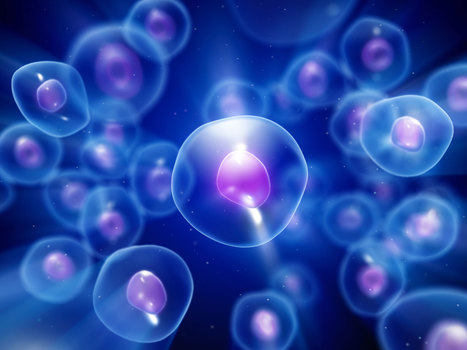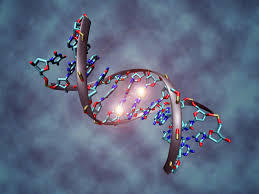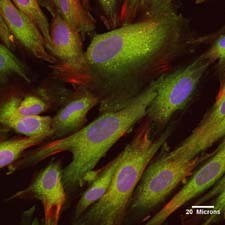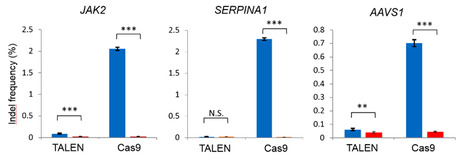Induced pluripotent stem (iPS) cells have a great impact on biology and medicine, and they are expected to improve regenerative medicine.
Research and publish the best content.
Get Started for FREE
Sign up with Facebook Sign up with X
I don't have a Facebook or a X account
Already have an account: Login
 Your new post is loading... Your new post is loading...
 Your new post is loading... Your new post is loading...

Joye Shuist's curator insight,
March 14, 2016 9:52 PM
The authors discuss experimental considerations, limitations and critical aspects which will guide the investigator for successful implementation of the genome editing technology in human PSCs using designer nucleases. |
|





















Fabry disease is caused by a genetic deficiency of α-galactosidase A (GLA), leading to the accumulation of its substrates such as globotriaosylceramide and globotriaosylsphingosine. Researchers have therefore developed a modified enzyme, modified α-N-acetylgalactosaminidase (mNAGA), to cure Fabry disease by changing the substrate specificity of NAGA to that of GLA. In this study, researchers tested whether genome-editing transplantation of mNAGA-secreting induced pluripotent stem cells (iPS) cells could deliver GLA activity in vivo. They therefore generated mNAGA-secreting iPS cells by TALEN-mediated knock-in at the AAVS1 site, a refuge locus. Furthermore, to exclude possible immunogenic reactions caused by endogenous GLA from iPS cells in patients, they disrupted the GLA gene by CRISPR-Cas9. When cardiomyocytes and fibroblasts from the Fabry model without GLA activity were co-cultured with mNAGA-secreting iPS cells, GLA activity was restored by mNAGA-expressing cells in vitro. Next, they transplanted the mNAGA-secreting iPS cells into the testes of mouse models of Fabry disease. After 7 or 8 weeks, GLA activity in the liver was significantly improved, although no recovery of activity was observed in the heart, kidneys or blood plasma.